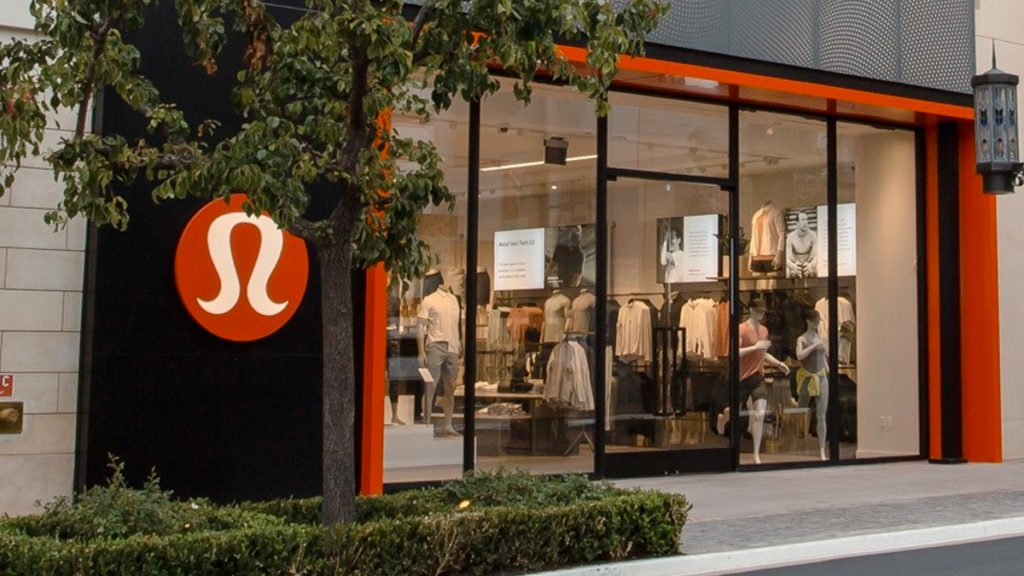
Lululemon Athletica, often simply known as Lululemon, has seamlessly stitched the worlds of athletic wear and stylish day-to-day fashion together. The brand’s name has almost become completely synonymous with activewear, having been been one of the largest contributors who helped pioneer the multi-billion dollar athleisure wear industry we see today. Originating from Vancouver, Canada, the brand catapulted to global recognition, primarily due to its premium yoga wear. Beyond just attire, Lululemon represents a lifestyle, intertwining wellness, mindfulness, and a community-driven approach.
Beyond the Fabric of Lululemon
At a first glance, the clothing brand seems like a beacon promoting health and an active lifestyle. However, the brand’s story, like its fabric, has multiple layers like an ever-growing wall of bricks.
Their meticulously crafted pieces, characterized by durability and comfort, continue to inspire individuals to lead a life of balance and active purpose. Not just the clothes but the very aesthetic they introduced has had an enduring impact, shaping societal ideals, especially for women.
A Product Designed with Purpose
Founded by Chip Wilson in Vancouver, Canada in 1998, Lululemon revolutionized women’s activewear with yoga-inspired technical apparel. Wilson’s vision was different from other major athletic brands at the time. While Nike and Adidas followed a ‘shrink-it and pink-it’ policy, Wilson was obsessed with creating the ideal yoga pants as his number one priority, according to his online book. He innovatively worked with his designer to put more reflective sections and emphasized how “it’s important that the seams are flat and away from underneath the arms and inner thighs so that there’s no chafing; I think it’s important the pants have a diamond crotch gusset to solve for camel-toe and make pants approachable for women to walk to the studio in public.”
Furthermore, he explained how “most of the pants in the marketplace at that time were high-waisted, non-gusseted, and shiny with open seams in the worst places. They were simply dance tights women only wore when other women were around. Women were not yet wearing running tights. I wanted something with a bit of a flare at the ankles so that it was more flattering to women with rounder hips.”

Marketing Magic and the Lifestyle
However, aesthetics alone wouldn’t have escalated Lululemon to its iconic status. The brand’s genius lies in its marketing, where they sold a lifestyle, not just leggings.
In 2012, Lululemon made headlines when they released a spoof marketing ad of a Barbie doll wearing Lululemon from head to toe. Part of a line of Barbies with specific aspirations, the ad had this particular Barbie saying “Yoga makes me feel alive. Let’s get bendy.” Controversy and confusion erupted as a result, but Lululemon achieved their goal and brought more recognition and awareness to their brand.
Another controversial marketing strategy came from the founder himself. The archetype of the ‘Super Girl,’ as introduced by Wilson, became a cornerstone. He envisioned her as an empowered woman, reminiscent of the superheroes from Saturday morning cartoons.
This aggressive marketing made people wonder if Lululemon was fostering a cult-like mentality. Wilson’s inspiration from Ayn Rand’s “Atlas Shrugged,” a novel that promotes radical self-interest, further reinforced this belief.
This has led to a fair share of controversy. This message, implicitly or explicitly, set a standard of perfection, making others feel inferior or ‘mediocre’ in comparison. For instance, when faced with complaints about the sheer material of their yoga pants, Wilson’s response was that “some women’s bodies just don’t work for us.” Such statements, combined with an aggressive push for self-improvement, can be toxic, perpetuating unrealistic ideals and standards.

Wrapping Up
Lululemon products, no doubt, have found a fond place in many wardrobes. However, understanding the ethos behind brands becomes crucial in today’s age. It reminds us to look beyond the product and evaluate the impact of their ideology on society. Lululemon is a testament to how brands can shape perceptions. But it’s up to us, the consumers, to discern, interpret, and decide how much we let these brands define us. Remember, wear the leggings, but don’t let the leggings wear you.
For more retail knowledge, read our category about different retail brand histories.
